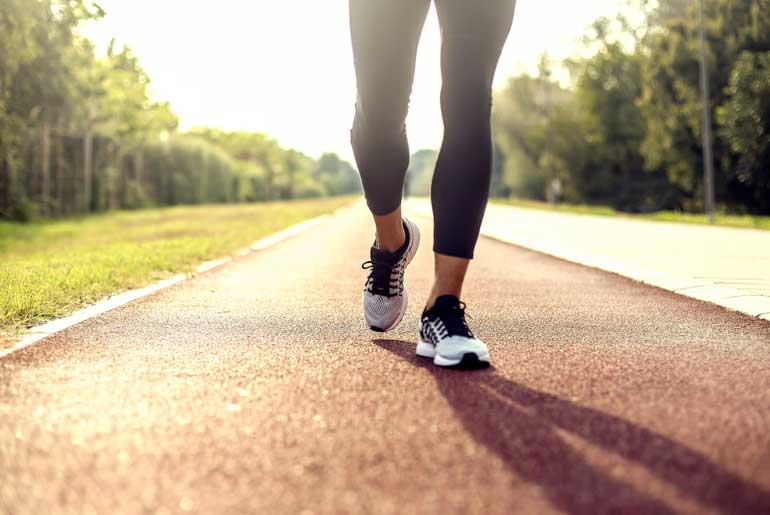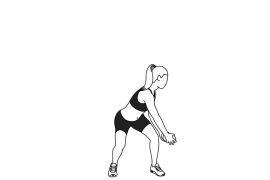Walking backwards, while unconventional, offers a variety of unexpected benefits for your body and fitness routine. Unlike traditional forward walking or jogging, walking backwards engages muscles differently, providing a novel challenge that can lead to greater overall fitness gains. This exercise particularly targets muscles in the lower body, such as the quadriceps, hamstrings, and calves, in ways that forward walking does not. Additionally, it can improve balance and coordination as it requires more focus and proprioception.
Moreover, walking backwards can potentially reduce strain on the knees and joints compared to jogging, making it a suitable alternative for individuals looking to minimize impact while still achieving cardiovascular benefits. As with any new exercise, starting gradually and in a safe environment is recommended to reap these advantages effectively.
Walking backwards offers a range of benefits that can enhance overall fitness and health, but it’s important to consider whether it’s suitable for your individual circumstances. Here’s a breakdown of the advantages and considerations associated with backward walking:
Benefits of Backward Walking
- Strengthening Core and Glutes: Backward walking engages core muscles and glutes more intensely than forward walking. This helps in improving posture, stability, and reducing lower back pain.
- Improved Neuromuscular Control: This exercise challenges the nervous system differently than forward walking, enhancing proprioception (body awareness) and coordination. It can lead to more efficient and controlled movements in daily activities.
- Reduced Knee Strain: Compared to jogging, backward walking imposes less stress on the knee joints. This makes it a suitable option for individuals experiencing knee pain or seeking a low-impact workout.
- Enhanced Metabolic Rate: Backward walking can increase your resting metabolic rate over time, improving calorie burn even when at rest. This can contribute to better overall exercise capacity and weight management.
Considerations for Backward Walking
- Coordination and Balance: Backward walking requires good coordination and balance. Individuals with neuromuscular disorders affecting these abilities, such as sensory integration issues or impaired proprioception, should avoid this exercise.
- Safety Concerns: Walking backwards outdoors or on uneven surfaces increases the risk of tripping and falling. It’s advisable to practice backward walking in safe, controlled environments initially.
- Individual Suitability: Before starting backward walking, especially if you have any concerns about balance or coordination, consult with a healthcare provider or physiotherapist. They can assess whether this exercise is appropriate for you based on your health condition and fitness level.
Backward walking offers unique benefits for core strength, neuromuscular control, knee health, and metabolism. However, it’s not suitable for everyone, particularly those with certain medical conditions affecting balance and coordination. If you’re considering incorporating backward walking into your fitness routine, prioritize safety and seek professional guidance to ensure it aligns with your health goals and capabilities.
Disclaimer:
The information contained in this article is for educational and informational purposes only and is not intended as a health advice. We would ask you to consult a qualified professional or medical expert to gain additional knowledge before you choose to consume any product or perform any exercise.







